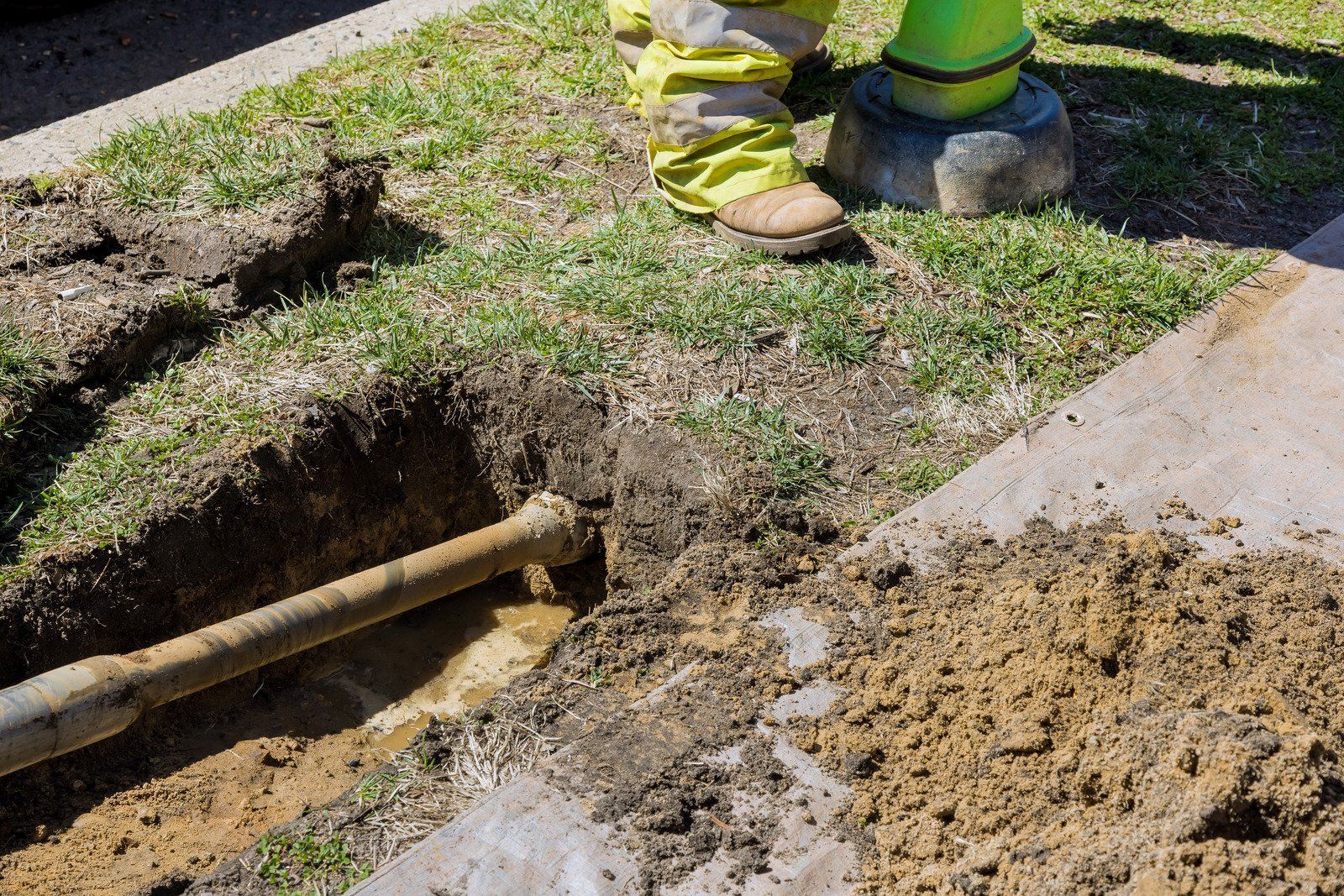Pipe Lining vs. Pipe Replacement: Which is Right for You?
When your plumbing starts showing signs of wear—leaks, clogs, or strange odors—it may be time to consider pipe repair or replacement. Two popular options are
pipe lining and pipe replacement. While both solve piping issues, each approach differs in cost, process, and long-term benefits. Knowing the differences can help you choose the right solution for your home.
What Is Pipe Lining?
Pipe lining is a trenchless repair method where a flexible, resin-coated liner is inserted into the existing pipe. The liner is inflated and cured, creating a new pipe inside the old one. This method is ideal for fixing cracks, minor corrosion, and root intrusion without digging.
The key advantage of pipe lining is minimal disruption. Since digging is not required, your yard, driveway, or interior finishes remain untouched. It’s a fast solution—most jobs are done within a day—and the result is a durable, corrosion-resistant pipe that can last 50 years or more.
Pipe lining is especially effective for sewer lines, storm drains, and other buried plumbing that’s structurally sound but suffering from surface damage.
What Is Pipe Replacement?
Pipe replacement involves removing the old piping and installing new lines. This method is recommended for pipes that are severely corroded, collapsed, or made of outdated materials like lead or galvanized steel. It’s a more extensive process, but it provides an entirely new system.
There are two types of pipe replacement: traditional and trenchless. Traditional replacement requires digging trenches to access the pipes, which can disrupt landscaping or interior structures. Trenchless pipe replacement, often done using pipe bursting, replaces the pipe by breaking the old one while pulling in a new pipe behind it.
Replacement is often the better choice when damage is extensive or when pipe upgrades are needed for better water flow and pressure.
Comparing Costs and Benefits
Cost plays a significant role in deciding between pipe lining and replacement. Pipe lining usually costs less in terms of restoration and labor, but can be more expensive per linear foot due to materials. On average, pipe lining ranges from $80 to $250 per foot.
Pipe replacement, especially when trenching is involved, can range from $100 to $350 per foot. Additional costs may come from restoring affected areas like floors or landscapes. However, trenchless replacement methods can help reduce disruption and costs.
Pipe lining saves time and property, making it ideal for homes needing quick, clean fixes. Pipe replacement is more permanent and allows for upgrading outdated materials, offering peace of mind for decades.
How to Choose the Best Option
Go with pipe lining if:
- Your pipes are mostly intact but have small cracks or corrosion.
- You want a quick, low-impact fix.
- You want to avoid major excavation or damage to your property.
Choose pipe replacement if:
- Pipes are collapsed, deteriorated, or made from unsafe materials.
- You need to upgrade the pipe size or flow capacity.
- A full system overhaul is needed due to age or repeated problems.
Trust the Plumbing Experts
Choosing between pipe lining and pipe replacement depends on your home’s unique plumbing condition. A professional inspection is the best way to determine the most effective and cost-efficient route.
Ready Jetter Plumbing
has been serving Macomb, MI for over 25
years, delivering reliable plumbing solutions backed by experience and honesty. Whether it’s trenchless pipe lining or a full replacement, we’ll help you make the right call. Contact us today for a thorough inspection and expert service you can trust.



